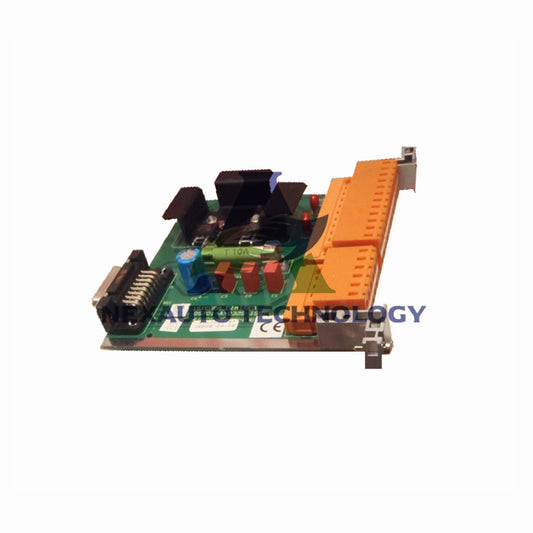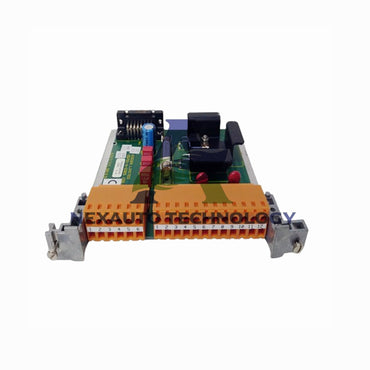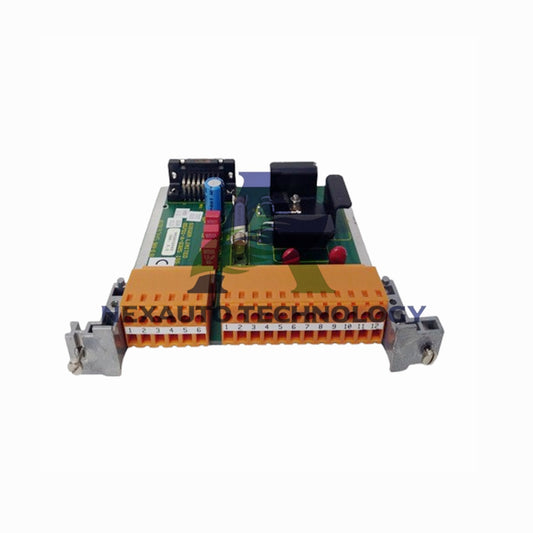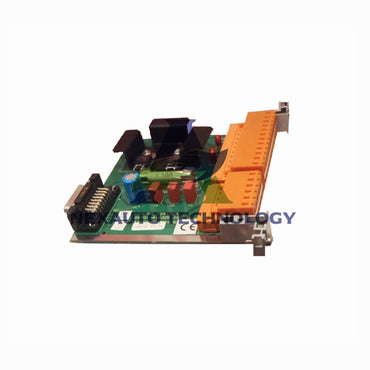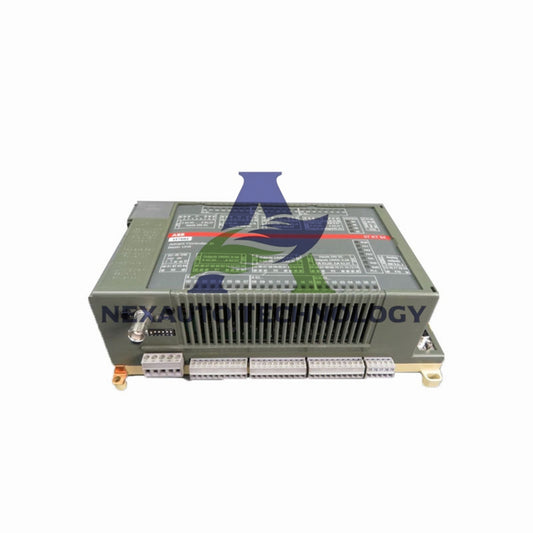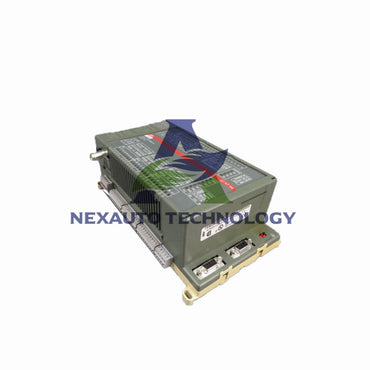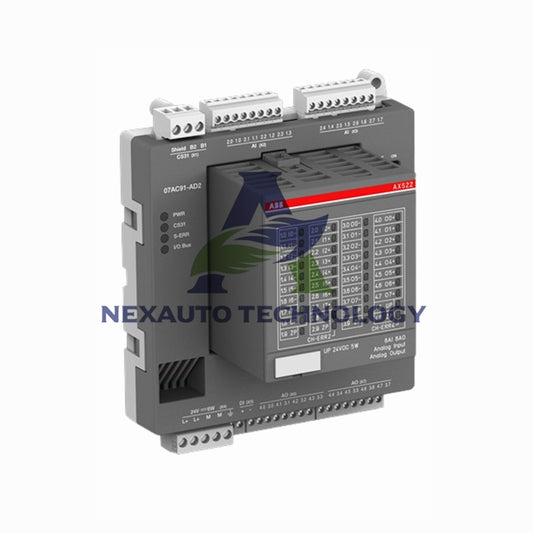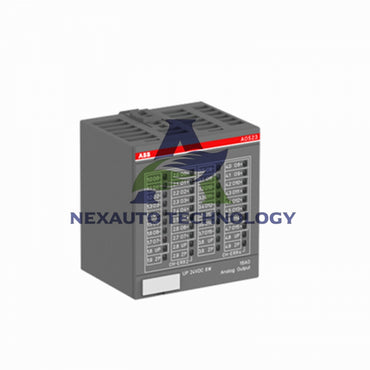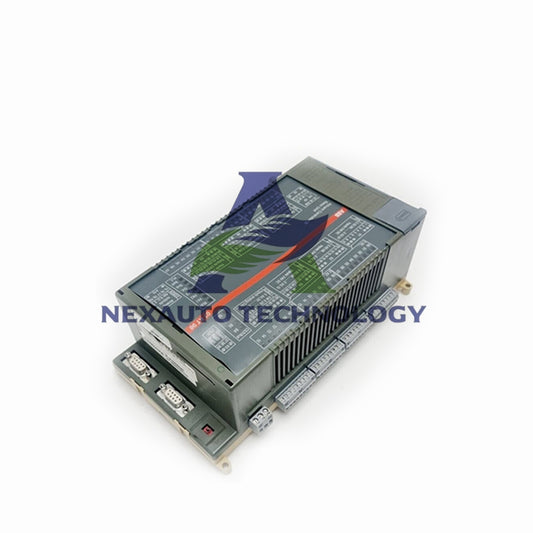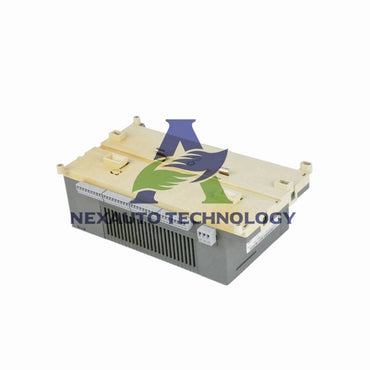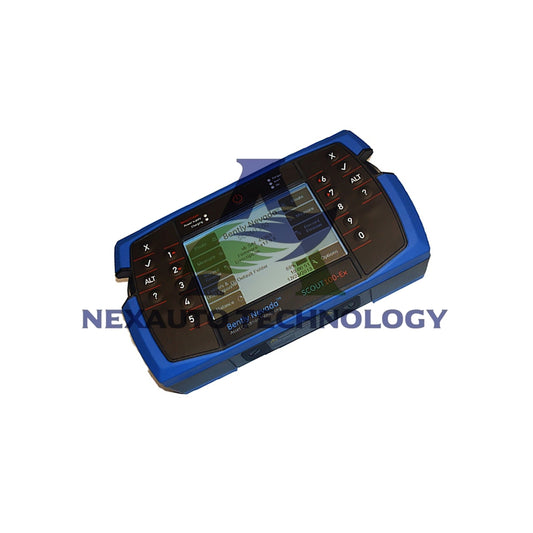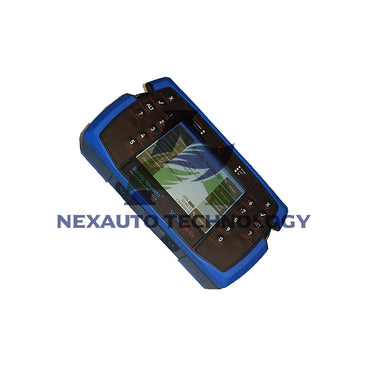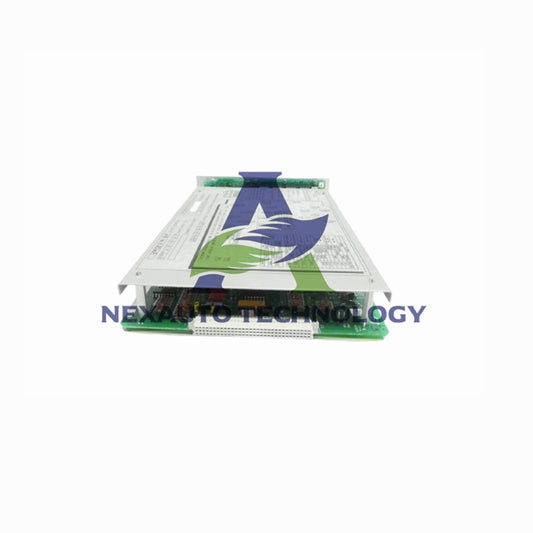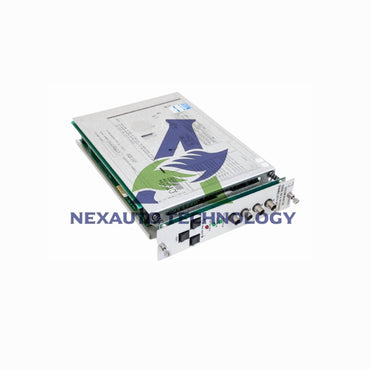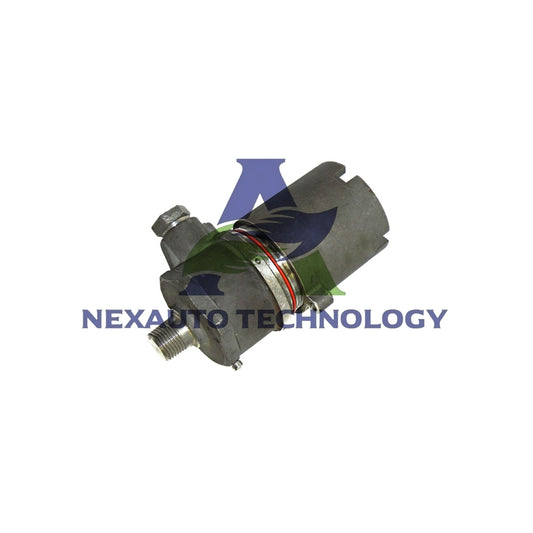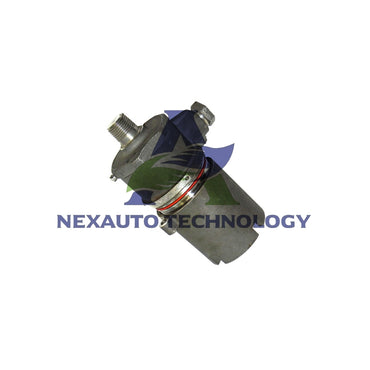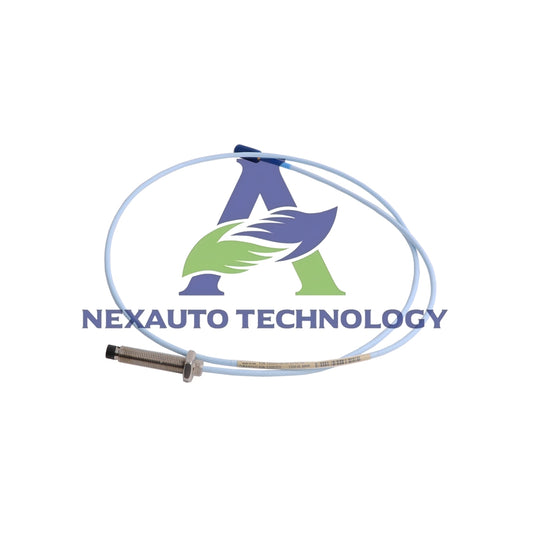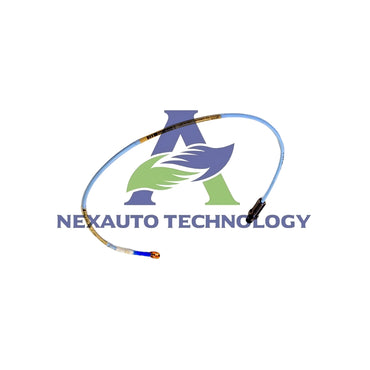What Bently Nevada PLC&DCS Delivers: Solving Process Complexity & Multi-Protocol Integration
This technical deep-dive explores how Bently Nevada’s PLC&DCS systems address critical industrial control challenges, backed by quantifiable metrics and real-world case studies.
1. The Core: Built for Real-World Industrial Demands
Bently Nevada’s PLC&DCS is not a generic control system—it’s a precision tool developed over 7 years of R&D by a global team of 120+ automation engineers. Its design prioritizes reducing 40% of integration time in mixed legacy-modern setups. With hardware rated for 50°C–120°C environments and adaptive software, it bridges gaps between 20-year-old equipment and IoT devices seamlessly.

2. Taming Complexity: From 48-Hour Fixes to 2-Hour Adjustments
Factories often face workflows with 25+ variable steps, causing 18% monthly downtime. Traditional systems take 48+ hours to reconfigure, costing $15,000 per delay. Bently’s modular programming splits tasks into 300+ adjustable modules, enabling 2-hour tweaks and slashing errors by 45% in automotive and food plants.
3. Protocol Mastery: Speaking 80+ Industrial Languages
Diverse devices (Modbus RTU, Profibus DP, etc.) create data silos. Older PLCs support only 25 protocols, leaving 35% of devices unconnected. Bently’s adapters support 80+ protocols (EtherNet/IP, CANopen, HART), cutting latency from 220ms to 45ms and reducing manual input by 60% ($70,000 annual labor savings for mid-sized plants).
4. Field Success: A Petrochemical Plant’s 35% Efficiency Surge
A Louisiana petrochemical plant with 4 disjointed systems faced 12 monthly downtime events (10 hours each), costing $2.1M annually. Post-Bently PLC&DCS, all devices sync in one interface. Within 8 months, downtime dropped to 2 events/month, errors fell from 12% to 3%, and savings hit $1.4M/year.

5. Future-Proofing: Quarterly Updates for Long-Term Relevance
Industrial tech evolves fast—Bently’s PLC&DCS updates quarterly, adding 6-8 new protocols (e.g., OPC UA 1.04, IO-Link 1.1). 92% of users report zero obsolescence after 4 years. Its open API lets engineers integrate custom tools, ensuring relevance as standards shift.

